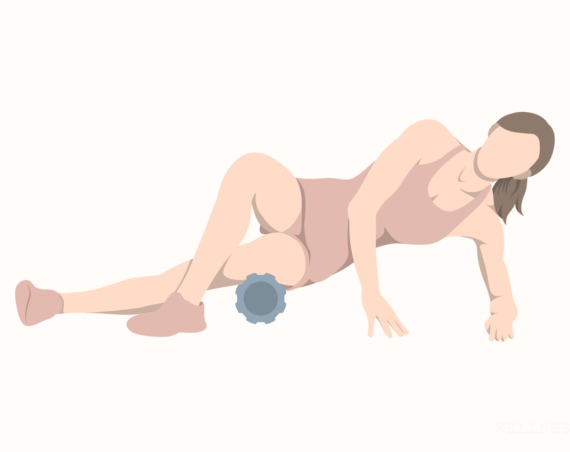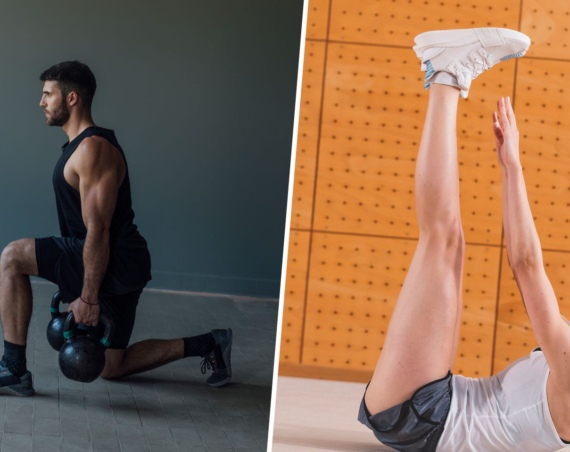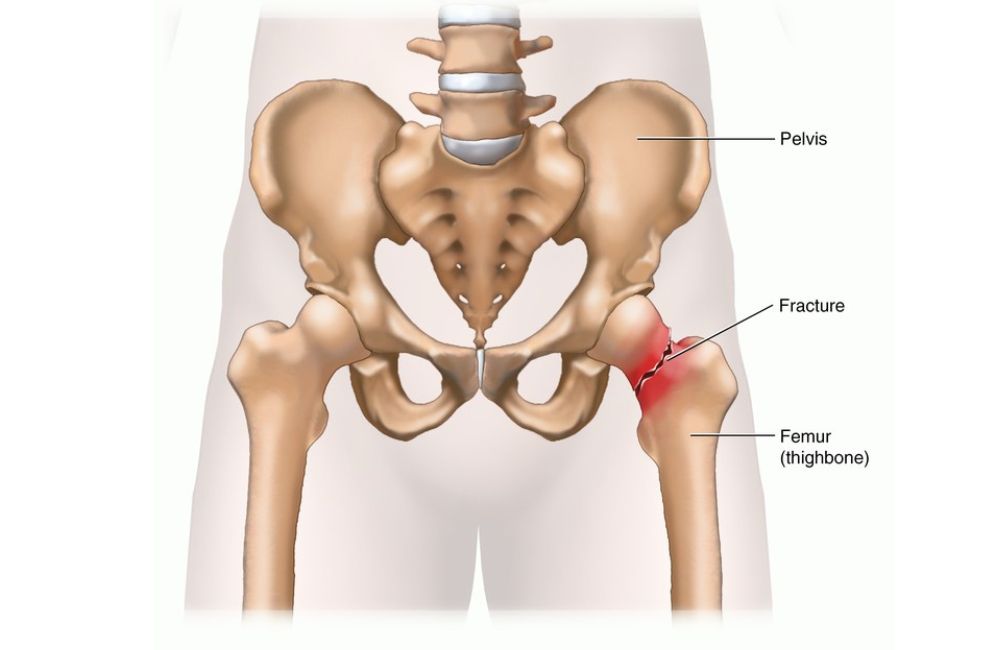
As we get older, our bodies naturally see a decline in bone health. Bones are composed of living tissues and constantly regenerate.
They need minerals like calcium and phosphate to keep them healthy and strong.
Yet, with age, those minerals tend to get absorbed more into the bodies rather than our bones, making them frail and susceptive to bone loss.
While bone loss is a natural part of aging, there are certain types of exercises you can do to keep your bones and muscles strong.
There are also exercises you can do to improve your balance to offset the loss of balance from stability.
What Is Osteoporosis?
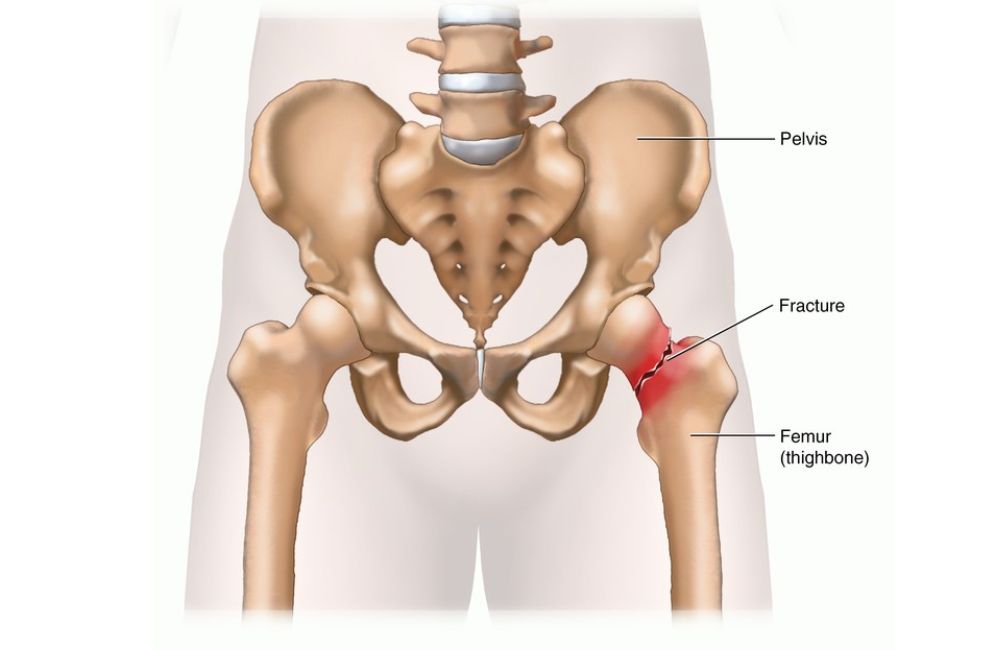
Osteoporosis is a condition in which our bones weaken and become porous, increasing the risk of fractures and other injuries.
Our bones consist of cells called osteoblasts that support bone growth, and osteoclasts that break down bone.
As we age, osteoclasts can take over and cause low bone density, creating abnormal bone structure and the potential for broken bones.
Low bone mass can occur for a variety of reasons. Aging and sedentarism are two of the most common causes of bone loss.
However, bone loss can also be a result of autoimmune disorders, medical procedures, cancer, or nervous system disorders.
This “silent disease” can sometimes go unnoticed because one can’t feel their bones weakening.
Often times the first sign of fragile bones is a hip, wrist, or shoulder fracture.
Losing height and rounding of the upper back are also signs that older adults should request a bone mineral density test or seek physical therapy.
Although people of all ages can develop osteoporosis, it is most common in postmenopausal women.
In fact, one in four women over the age of 65 will be affected by osteoporosis or related bone diseases.
Although there are treatments for osteoporosis like increasing calcium and Vitamin D intake or medications, the best way to combat low bone density is weight-bearing exercise.
However, good bone health starts with preserving bone mass at a young age.
Benefits of Exercise
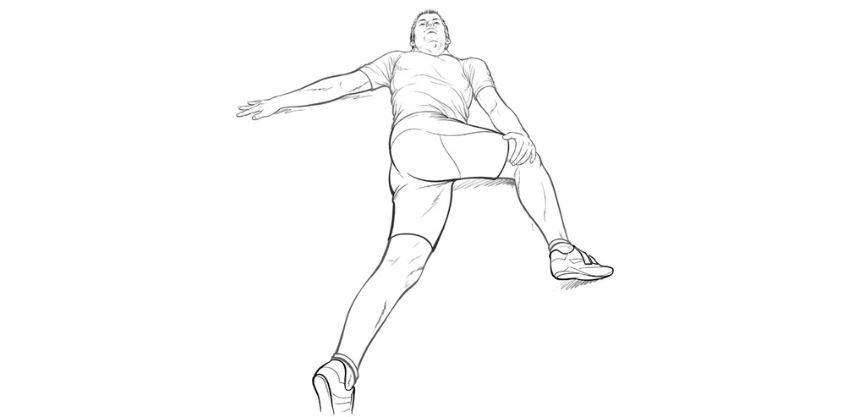
Regular exercise is a great way to improve overall health and increase lifespan.
Similar to muscle, bone grows stronger by being challenged.
Both young women and men who exercise regularly are shown to have greater bone mass than those who do not.
Weight-bearing exercise, aerobic exercise, and balance exercise are all great ways to take care of your body.
In addition to improved bone health, the benefits of regular exercise include:
- Improved balance
- Improved coordination
- Cardiovascular health
- Increased strength and muscle mass
- Can prevent obesity and heart disease
- Improved posture
- Decreased risk of fracture
- Support weight loss
- Lower blood pressure
- Cholesterol management
Regardless of one’s risk of developing low bone density, regular exercise is encouraged for people of all ages and genders.
The physical activity guidelines for Americans state that 150 minutes of moderate exercise per week can cause health benefits (5).
Before You Start
Before beginning any new exercise routine, it is important to consult with your doctor about any contraindications you may have to physical activity.
If you have been diagnosed with osteoporosis, consider collaborating with a physical therapist or exercise specialist to build an exercise program that best suits your needs and fitness level.
Also, consistency is a key ingredient in creating a healthy lifestyle! Finding an exercise program that you enjoy and look forward to doing is the best way to reach your goals.
Weight-Bearing and Aerobic Activities
Weight-bearing exercise is any intentional physical activity that requires your bones to support your own body weight and work against gravity.
Examples of weight-bearing exercises include brisk walking, jogging, dancing, hiking, tai chi, pilates, and more.
These types of exercises are considered aerobic exercises, designed to increase heart rate while also improving muscular endurance.
Resistance training is another form of weight-bearing exercise that can add variety to your workout routine.
Resistance exercise usually involves an external source of weight, like weight machines, resistance bands, or free weights.
It is important to know the difference between high-impact exercises and low-impact exercises and how to utilize each of them.
High-impact exercise puts a high amount of stress on the bones and muscles. Jumping, running and intense sports like rugby and football are all examples of high-impact exercise.
On the other end of the spectrum, low-impact exercises can ease joint pain and lessen stress on the body. Examples include water aerobics, yoga, and forms of dance.
Non-weight-bearing exercises like swimming, cycling, and elliptical training machines are great exercises but do little to help build strong bones.
Finding a good balance between these two intensities is crucial in maintaining healthy bones.
Weight-Bearing Exercises for Osteoporosis
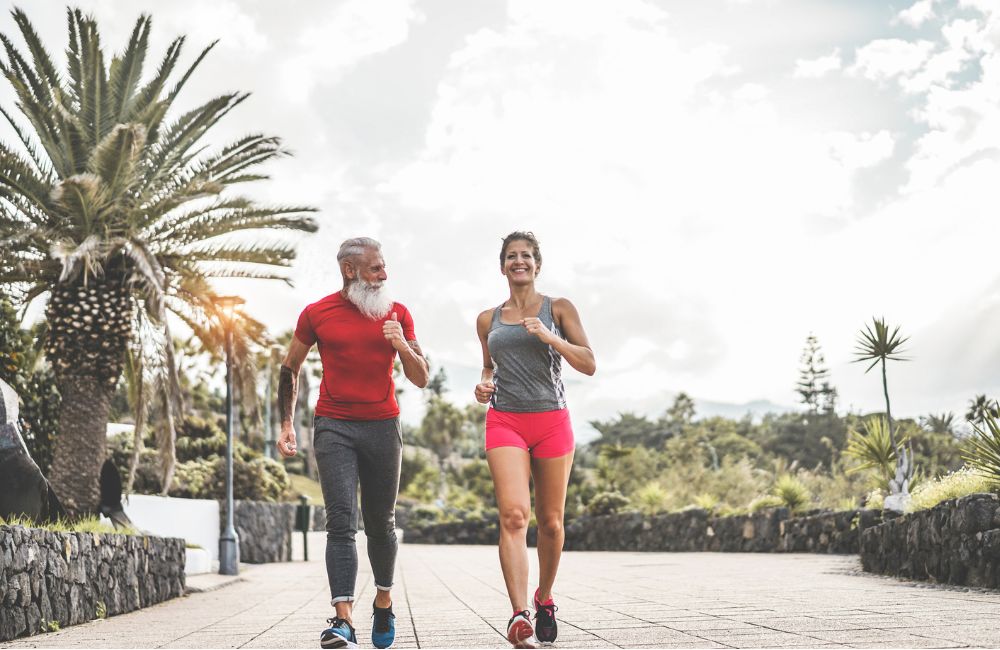
Here are the 5 best exercises for osteoporosis you should be doing regularly.
1. Squats
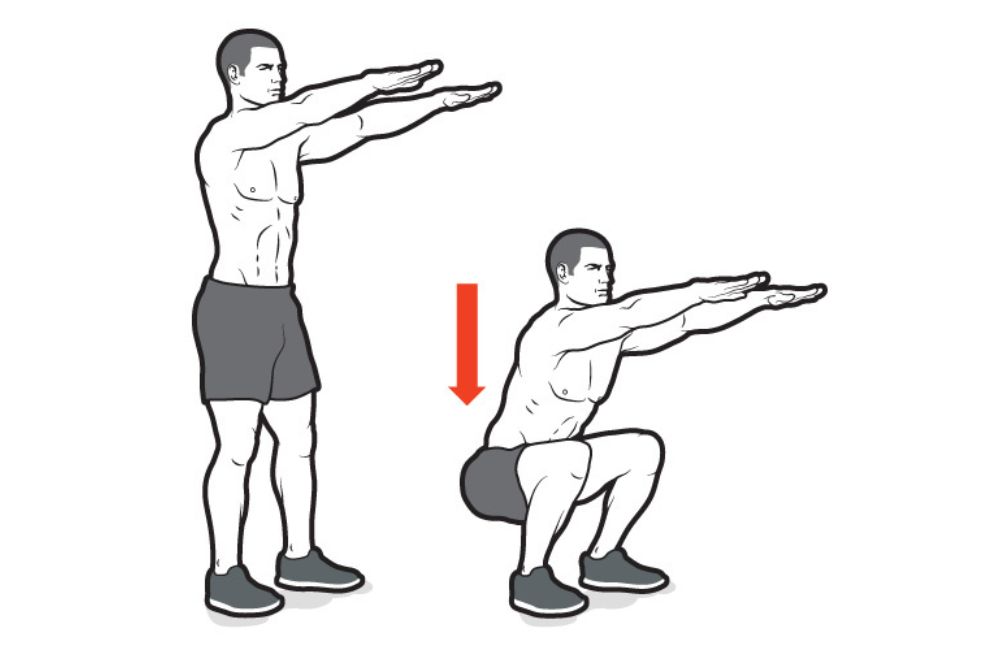
Squats are a great way to build muscle and support healthy bones. In this movement, the ankle, knee, and hip joints are activated, making it a compound exercise.
Compound exercises are one of the best ways to build a stronger core and improve coordination.
Instructions:
- Starting position: Start with your feet hip or shoulder-width apart, chest up, and eyes looking forward.
- Phase 1: Slightly hinge at the hips first, followed by bending the knees. Continue this movement until your thighs are parallel to the ground or slightly lower. During this phase, your knees should be tracking in line with your toes.
- Phase 2: Push through your heels and mid-foot while squeezing your glutes to simultaneously extend your knees and hips to return to starting position.
- Complete for 4 sets of 10-12 repetitions. 1-minute rest between sets.
Helpful Tips:
- If you are having trouble understanding the first phase of a squat, imagine sitting in a chair meant for a small child.
- To add a challenge, add weight by holding a dumbbell at your chest or free weights by your sides. Avoid using a barbell – overloading the vertebrae may increase the risk of fracture in people with osteoporosis.
2. Single-Arm Dumbbell Row
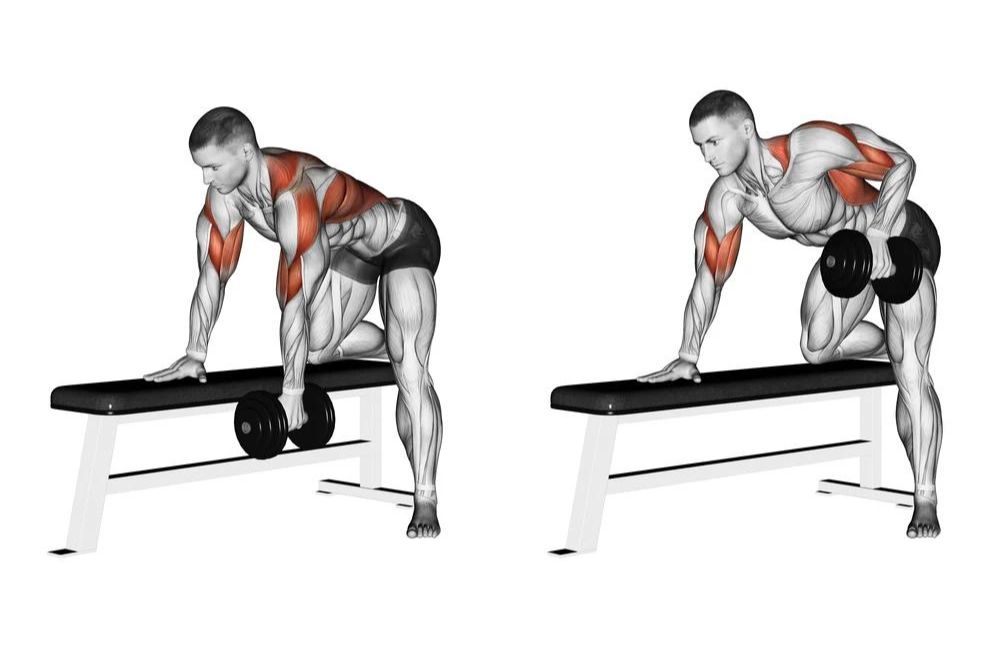
A single-arm row is another great compound exercise to implement into your exercise routine. This movement targets your lats, shoulders, and back.
Instructions:
- Starting position: Holding a dumbbell in your left hand, bend over and place your right knee and right hand on the bench to support your body weight.
- Phase 1: Keeping your core tight, bring the dumbbell up by bending your elbow and keeping it close to your side. At the end of this phase, the weight should be at the same level as your hip. Squeeze your left shoulder blade towards your spine to engage your back muscles.
- Phase 2: Slowly return to starting position by extending your elbow and lowering the weight.
- Complete for 3 sets of 8-10 repetitions. Switch sides after each set.
Helpful Tips:
- If you don’t have access to dumbells, this can also be done with resistance bands or a jug of milk! A seated-row weight machine is a great substitute as well.
3. Modified Side Plank
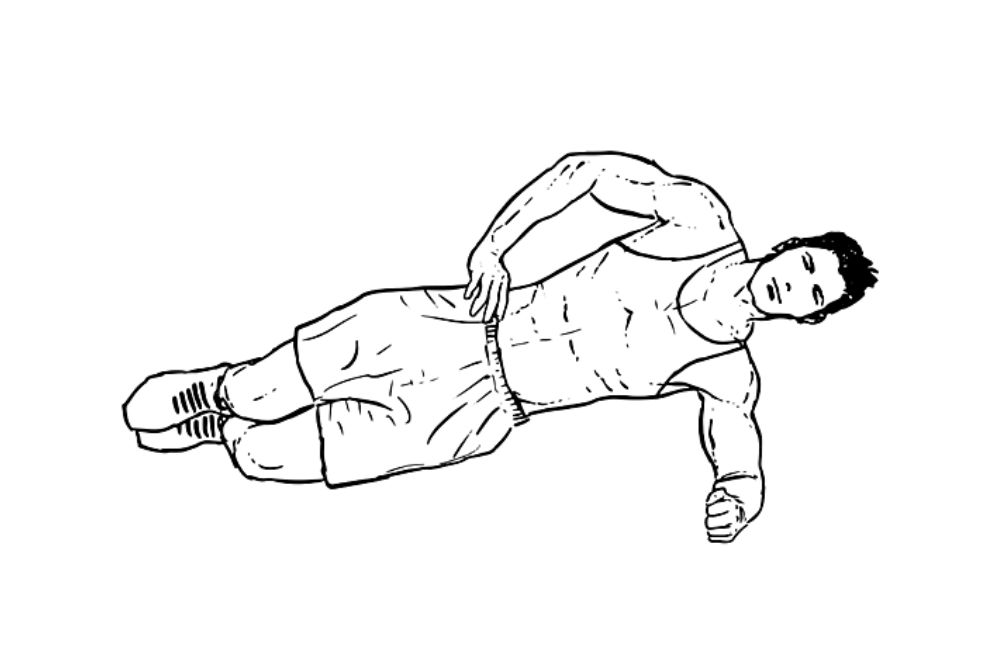
Isometric exercises are a great way to support bone tissue and improve muscle strength. This type of activity requires no movement and usually involves holding challenging poses or positions.
Instructions:
- Starting Position: While lying on your side, prop yourself with your left elbow underneath your shoulder. Bend your knees so that your feet are facing behind you.
- Phase 1: Engaging your abdominal muscles, raise your hips towards the ceiling until your body is in a straight line from your shoulders to your knees. Now your left elbow and left knee are the only points of contact on the ground.
- Hold this pose for 20-30 seconds. Repeat on each side 3 times.
Helpful Tip:
- Consider performing this exercise on a soft yoga mat, or support your elbow with a pillow or towel.
4. Box Step-Ups
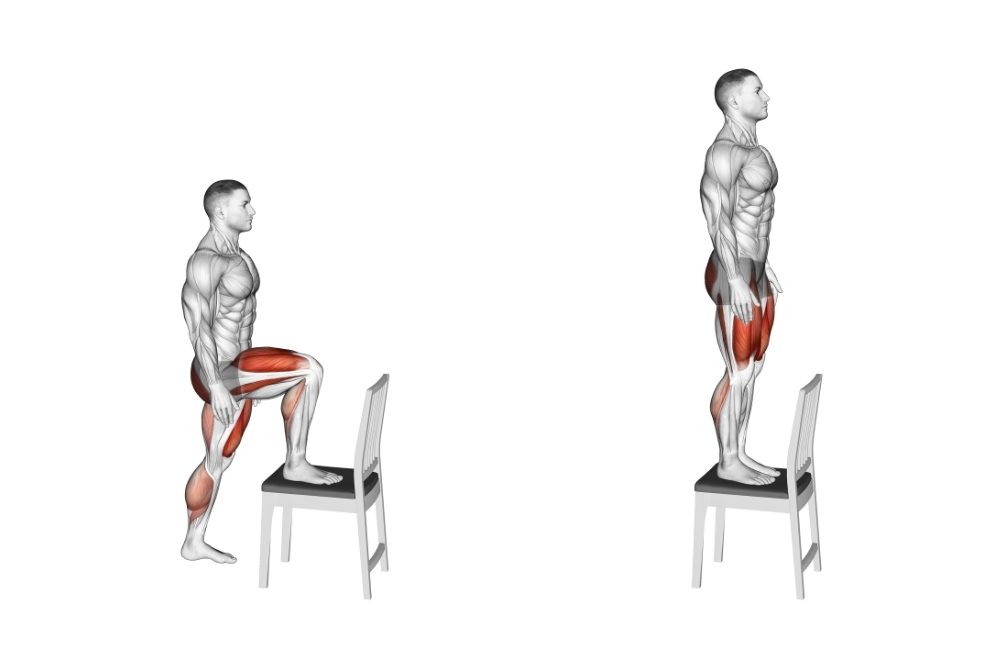
Climbing stairs is considered a good way to exercise if you have osteoporosis. Box step-ups mimic climbing stairs and provide similar, if not better benefits!
This exercise engages your buttocks and legs and will prevent mineral loss in the knees and hips.
Instructions:
- Starting Position: Stand facing a box or bench that is about knee height.
- Phase 1: Leading with your left leg, step onto the box. Keep your knees tracking forward!
- Phase 2: Now that you’re standing on the box, slowly lower yourself back to the floor leading with the same leg.
- Complete 4 sets of 1 minute. Switch legs each set.
Helpful Tip:
- To lower the risk of falls, perform this exercise close to a wall or have personal trainer support you from the side.
5. Seated Leg Extension
Weight machines are oftentimes the best exercise for those with poor balance and coordination.
Weight machines support movement patterns and are a safe and fun way to build stronger bones.
Instructions:
- Starting Position: Adjust the seat so that your lower and upper back is pressed against the backrest. Position your ankles to rest underneath the weight pads. Adjust the weight to your comfort level, but don’t forget to challenge yourself!
- Phase 1: Engage your quadriceps and extend your legs until they are straight.
- Phase 2: Slowly lower the weight by bending your knees and returning to a neutral position.
- Complete 4 sets of 10-12 repetitions.
Helpful Tip:
- For an added challenge, perform this exercise with one leg instead of both!
Warm-Up and Cool Down
To prevent injury and prolonged muscle soreness, a proper warm-up and cool-down is important before and after engaging in exercise.
Warming up before a workout ensures that your muscles are supplied with oxygen and slowly raises your heart rate to minimize stress on the heart.
Low-impact aerobics that involves major muscle groups is a good way to prepare your body for exercise.
For example, a five-minute brisk walk with some dynamic stretches would sufficiently prepare your muscles for a good workout.
Cooling down after exercising helps lower the heart rate and prevent fainting or sickness (60.
Walking for five to ten minutes followed by static stretches will lessen muscle soreness and prevent injury.
Movements to avoid
Regular physical activity is crucial in preventing mineral loss and building bone strength.
However, certain types of exercise may increase the risk of injury or related fractures.
Below are some examples of exercises that should be avoided by people with osteoporosis or related bone diseases.
Bending and Twisting
- Back extensions
- Sit-ups
- Russian twists
- Romanian deadlifts
- Bent over rows
Compression fractures are small fractures in the vertebrae often caused by bending and twisting.
Until core strength and bone density are improved, these types of exercises should be avoided to protect the lower spine and prevent back pain.
High-Impact Weight-Bearing Exercises
- Running
- Jumping Jacks
- Gymnastics
- High-impact sports
- Burpees
Although this type of exercise may be great for improving general health, those with low bone density may want to substitute these for strength training or low-impact aerobics.
Painful Exercises
At any point during the exercise, if a movement causes back pain, knee pain, or any type of discomfort, consult your physical therapist or exercise specialist to ensure safety and proper form.
Takeaway
Even though one in four women may be affected by osteoporosis after menopause, there are many ways to improve bone density.
Because it is so common, people over the age of 50 are encouraged to talk to their doctor about how to optimize bone health.
Aerobics, resistance exercises, and a combination of high and low-impact weight-bearing exercises can drastically help slow osteoporosis and related bone diseases.
Not to mention, regular physical activity greatly improves your general health by increasing muscle mass, lowering high blood pressure, curing poor posture habits, and encouraging a healthy lifestyle.
Older adults at risk for low bone density should engage in 150 minutes of weight-bearing exercise, according to the physical activity guidelines(5).
However, it is important to slow bone loss as a young adult.
Resistance exercise and higher-impact activities at a young age are vital to prevent fracture and broken bones as we age.
Knowing your current fitness level and performing exercises with proper form is crucial for staying injury-free.
Consider working with a qualified clinician to create an exercise program that fits your needs, and have fun!

